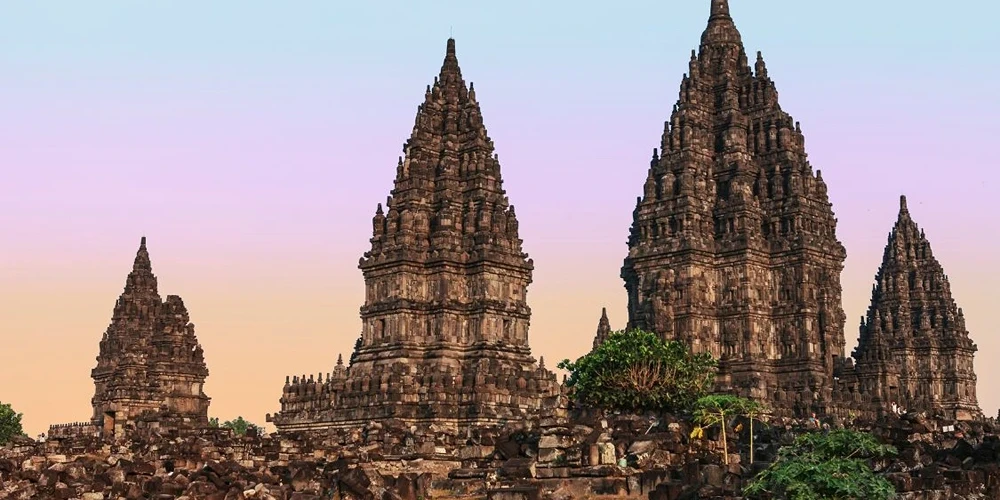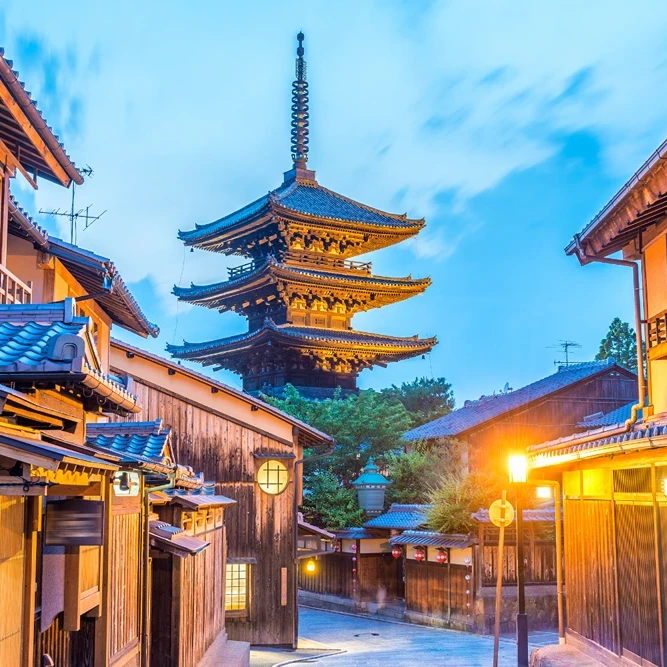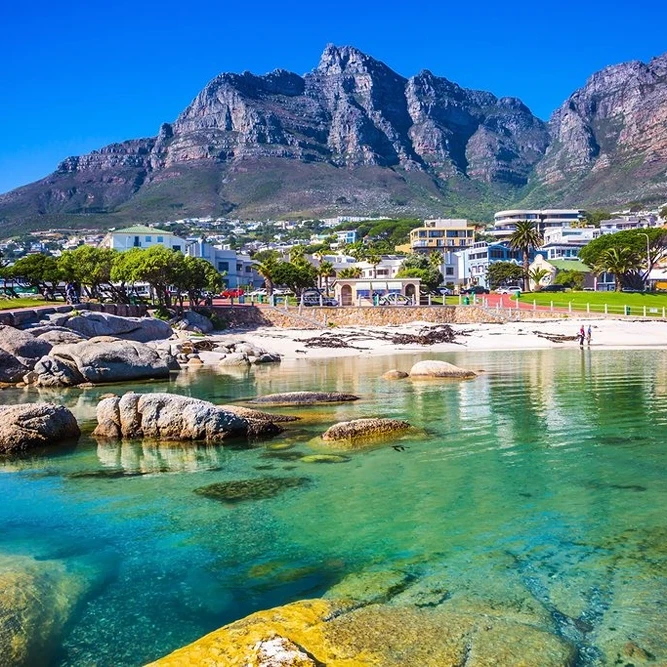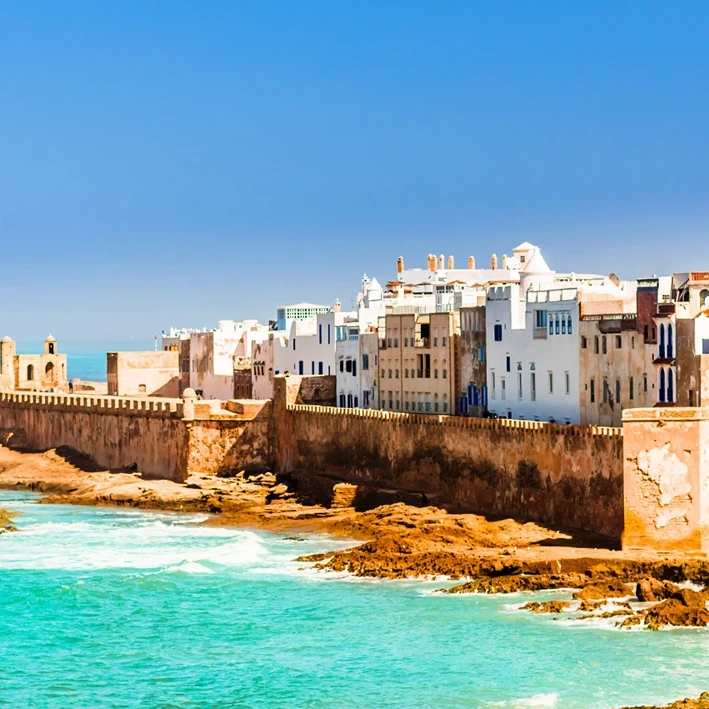Are you ready to explore a city where ancient history and vibrant culture collide? Yogyakarta, Indonesia’s cultural heart, beckons travelers with iconic landmarks and breathtaking natural wonders. Known for its deep historical roots and rich traditions, Yogyakarta promises an unforgettable journey through time. This article dives into the must-see spots, from the awe-inspiring Borobudur and Prambanan Temples to adventurous treks around Mount Merapi. Discover why these locales are indispensable for your itinerary and how they encapsulate the essence of Indonesia’s most culturally enriched city.
Table of Contents
ToggleIconic Temples of Yogyakarta
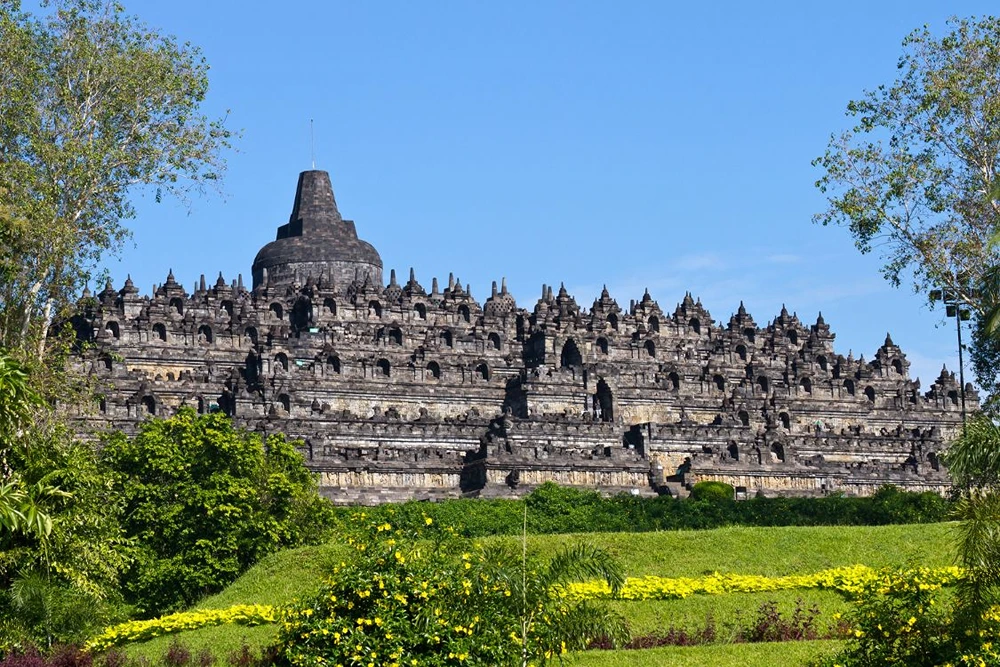
Yogyakarta is renowned for its rich tapestry of historical and cultural sites, with its temples standing as iconic landmarks that attract visitors from around the globe. These temples are not only significant for their architectural grandeur but also for their historical importance. Recognized as UNESCO World Heritage Sites, Borobudur and Prambanan temples are prime examples of Indonesia’s ancient cultural heritage, showcasing the architectural brilliance and spiritual depth of their respective eras.
Borobudur Temple, constructed in the 9th century, is the world’s largest Buddhist temple and a pinnacle of Mahayana Buddhist architecture. Its design represents the Buddhist concept of the universe, with nine stacked platforms topped by a central dome. The temple is adorned with 2,672 relief panels and 504 Buddha statues. A visit to Borobudur is particularly rewarding at sunrise, when the temple is bathed in a golden glow, offering a serene and breathtaking view of the surrounding landscape.
In contrast, Prambanan Temple, completed in 856 AD, is a stunning Hindu temple complex dedicated to the Trimurti: Brahma, Vishnu, and Shiva. It is celebrated for its towering and intricate architecture, with the main shrine dedicated to Shiva standing at 47 meters high. The temple’s bas-reliefs narrate the story of the Ramayana, providing visitors with a glimpse into the ancient Hindu epic. The temple complex is particularly captivating at sunset, when the fading light casts a warm hue over its detailed stone carvings.
When planning a visit to these temples, consider the following tips. Arriving early at Borobudur can enhance the experience with fewer crowds and cooler temperatures. For Prambanan, timing your visit around sunset can provide not only a pleasant climate but also stunning photographic opportunities. Exploring these sites with a knowledgeable guide can offer deeper insights into their historical and cultural contexts, enriching the overall experience.
| Temple | Notable Feature |
|---|---|
| Borobudur | World’s largest Buddhist temple with sunrise tours |
| Prambanan | Hindu temple complex known for its breathtaking architecture |
| Ratu Boko | Renowned for stunning sunset views |
Natural Wonders Around Yogyakarta
Yogyakarta is a haven for nature lovers and photographers seeking breathtaking landscapes and thrilling adventures. The region’s natural wonders offer a mix of beautiful spots that captivate with their diverse terrains and scenic views. From majestic volcanic formations to lush forests and mysterious caves, Yogyakarta provides ample opportunities for exploration and photography.
- Jeep tours at Mount Merapi
- Hiking trails in Kalibiru National Park
- Photography sessions at Jomblang Cave
- Tree platform views in Kalibiru
- Cave exploration at Jomblang
Mount Merapi, one of Indonesia’s most active volcanoes, stands as a prominent adventure destination. Visitors can embark on exhilarating jeep tours to explore the rugged terrains shaped by volcanic activity. For those seeking a more physical challenge, hiking to the summit provides panoramic views of the surrounding landscapes, though it is recommended for experienced hikers due to the terrain’s complexity.
Kalibiru National Park offers a tranquil escape with its elevated tree platforms providing sweeping views of the lush forests and serene Lake Sermo. The park’s hiking trails are well-suited for leisurely walks and provide fantastic photography spots where visitors can capture the area’s natural beauty. It’s a perfect setting for those looking to blend adventure with relaxation.
Jomblang Cave presents a unique opportunity for adventurous photographers. Known for its vertical sinkhole, the cave allows visitors to descend into its depths, where stunning light beams create an ethereal ambiance. This experience is particularly popular for capturing dramatic images, making it a must-visit for anyone with a passion for photography and exploration.
Cultural and Historical Experiences in Yogyakarta
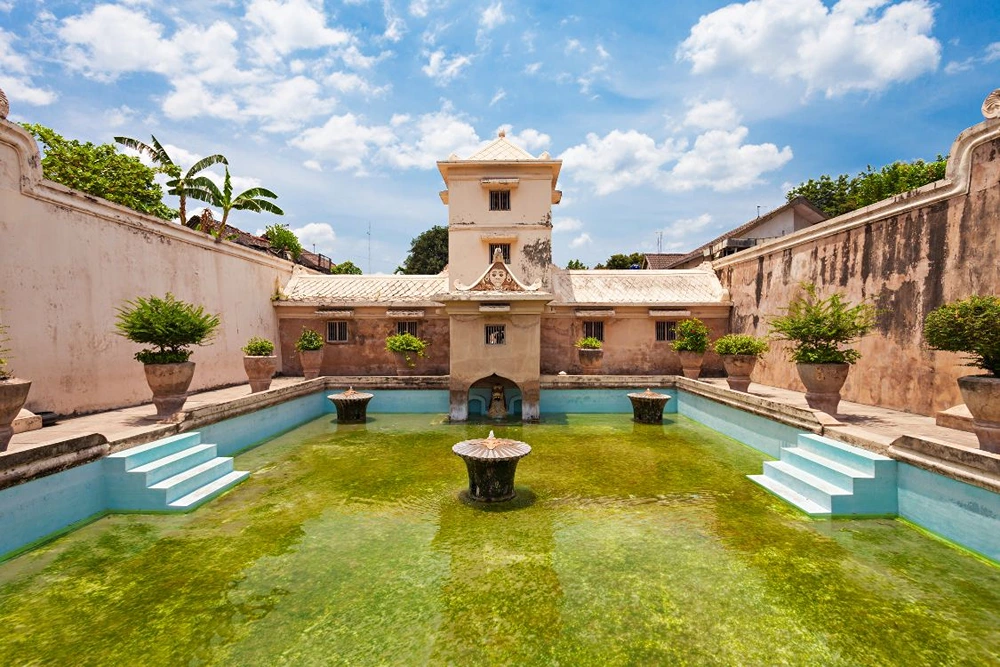
Cultural experiences in Yogyakarta are an essential aspect of any visit to the city. This region is steeped in rich traditions and historical significance, offering a deep dive into Javanese culture and heritage. Yogyakarta tourism thrives on its unique blend of art, history, and culture, providing visitors with a multifaceted experience. From intricate architectural wonders to vibrant performances, the city presents a wide array of opportunities to immerse oneself in its cultural tapestry. Each site and activity offers not only a glimpse into the past but also an understanding of the local way of life and artistry that continues to thrive today.
The Sultan’s Palace and Taman Sari Water Castle
The Sultan’s Palace, or Kraton, is a masterpiece of Javanese architecture, serving as both the residence of the Sultan and a cultural hub. It reflects the grandeur and elegance of traditional Javanese design, with its ornate carvings and sprawling courtyards. Visitors can explore the palace grounds and museums, which house artifacts and exhibits that narrate the story of Yogyakarta’s royal lineage and cultural history.
Taman Sari Water Castle, once a royal garden and retreat, offers a unique architectural experience. The site features a blend of Javanese and Portuguese styles, with bathing pools, pavilions, and an underground mosque. Its historical significance lies in its role as a pleasure park for the Sultanate, showcasing the luxurious lifestyle of the era. Wandering through its remnants provides a fascinating glimpse into the past, making it a must-visit for those interested in historical sites in Yogyakarta.
The Ramayana Ballet at Prambanan Temple is a cultural highlight, providing an enchanting performance that brings the ancient Hindu epic to life. Performed on select nights, the ballet features elaborate costumes and traditional Javanese music, creating a captivating experience for audiences. Additionally, Kota Gede offers a journey into the world of local arts and crafts, renowned for its silver jewelry workshops. Visitors can observe artisans at work, gaining insight into the meticulous craftsmanship that defines Yogyakarta’s artistic legacy. These experiences collectively embody the vibrant art and culture that Yogyakarta has to offer, making them indispensable stops on any cultural itinerary.
Exploring Yogyakarta’s Local Markets and Cuisine
Yogyakarta’s culinary landscape offers a rich array of flavors and experiences that reflect its vibrant cultural heritage. The city’s food scene is marked by a diverse selection of local cuisine, featuring traditional Javanese dishes that delight the palate. Street vendors and eateries line bustling streets, serving everything from savory snacks to hearty meals. A walk down Malioboro Street, one of Yogyakarta’s most popular spots for food and shopping, reveals a tapestry of tastes and aromas. Here, visitors can sample local favorites while soaking in the lively atmosphere.
- Gudeg: A staple dish made from young jackfruit, cooked with coconut milk and spices.
- Bakpia Pathok: Sweet pastries filled with mung beans, a popular snack.
- Roaster and Bear: A standout dining spot known for its eclectic menu and inviting ambiance.
- ViaVia Jogja: A notable cafe supporting cultural projects, offering international and local dishes.
Traditional markets such as Bringharjo Market serve as gateways into Yogyakarta’s culinary and cultural world. Visitors can explore a variety of local foods and ingredients, providing a glimpse into the region’s gastronomic traditions. Culinary tours through these markets offer deeper insights into local eating habits and preparation techniques, enriching one’s understanding of Javanese culture. Additionally, the Batik Museum offers a unique perspective on local art and culture, where visitors can engage in workshops to create their own designs, merging culinary and cultural exploration in Yogyakarta.
Travel Tips for Visiting Yogyakarta
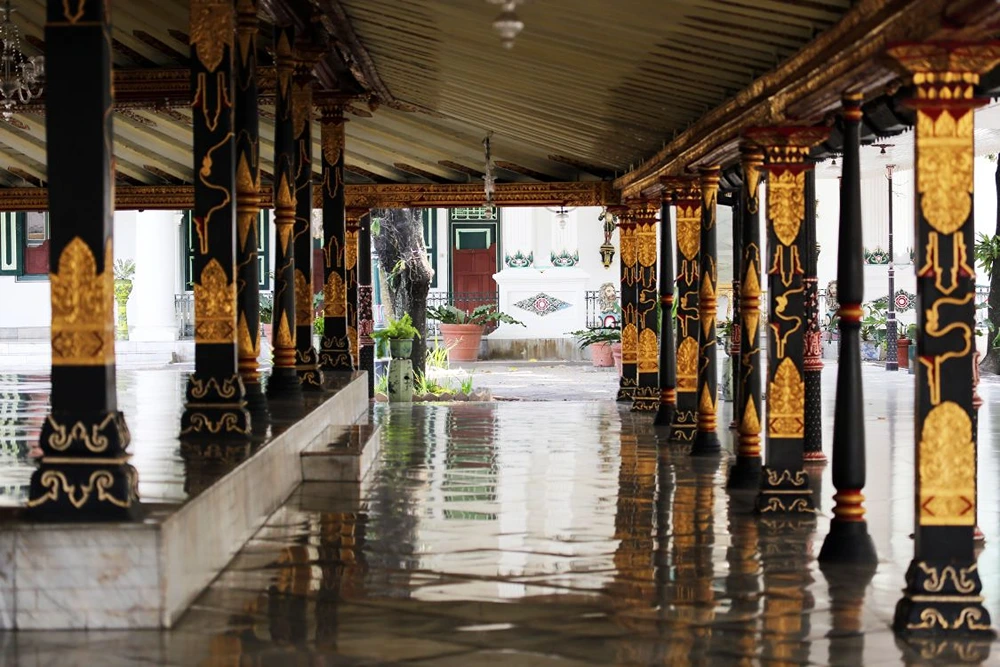
The optimal time to explore Yogyakarta is during the dry season, spanning from May to October, to ensure pleasant weather and fewer rain-related disruptions. Yogyakarta is conveniently accessible through direct flights from major hubs like Jakarta and Kuala Lumpur, making it a practical destination for both domestic and international travelers. Once in the city, visitors can choose from various transportation options to navigate the area. Motorbike rentals offer flexibility, while rickshaws and ride-hailing apps provide convenient alternatives for those preferring not to drive.
- Consider pre-booking tickets for popular attractions during peak season.
- Use ride-hailing apps for reliable and affordable transport.
- Stay hydrated and wear sun protection during outdoor visits.
- Explore local eateries and try the signature dish, Gudeg.
- Carry cash, as some local markets may not accept card payments.
To fully experience Yogyakarta’s diverse attractions, a stay of at least three nights is advisable. This allows ample time to visit iconic sites like the Borobudur and Prambanan temples, as well as to enjoy the local culture and cuisine. Accommodation options in Yogyakarta are plentiful, catering to a variety of preferences and budgets. From boutique hotels to budget hostels, visitors will find a range of choices that suit their needs, ensuring a comfortable and enjoyable stay in this culturally rich city.
Final Words
Exploring Yogyakarta reveals a tapestry of historical riches and natural wonders. Iconic temples like Borobudur and Prambanan captivate with their architectural magnificence. Adventure seekers and photographers find joy in the dramatic landscapes of Mount Merapi and Jomblang Cave.
Cultural experiences abound at the Sultan’s Palace and Taman Sari Water Castle, while local markets and cuisine offer a taste of authentic Yogyakarta.
Travel tips assist in planning the perfect visit during the best travel season. Yogyakarta stands out as one of the best places to visit for a blend of history, nature, and culture.
FAQ
What is Yogyakarta best known for?
Yogyakarta is best known for its historical and cultural sites, including the magnificent Borobudur and Prambanan temples, both UNESCO World Heritage Sites, and its vibrant arts and crafts scene.
Is Yogyakarta worth visiting?
Visiting Yogyakarta is worthwhile for its rich cultural heritage, stunning temples, lively streets, and delicious local cuisine. It’s a hub for experiencing authentic Javanese culture.
How many days do I need in Yogyakarta?
A stay of at least three days is recommended to explore Yogyakarta’s key attractions, including its temples, cultural sites, and natural wonders.
What to do in Yogyakarta for 3 days?
In three days, visit Borobudur and Prambanan temples, explore the Kraton, enjoy Javanese cuisine, and experience nature at Mount Merapi or Jomblang Cave.
What are unusual things to do in Yogyakarta?
Unusual activities include exploring Jomblang Cave for its unique light beams, night tours of temples, and participating in silver jewelry workshops in Kota Gede.
What are some free things to do in Yogyakarta?
Free activities in Yogyakarta include strolling along Malioboro Street, visiting traditional markets, and watching local cultural performances.
What is the best time to visit Yogyakarta?
The best time to visit Yogyakarta is during the dry season from May to October, offering pleasant weather for outdoor activities and temple visits.
What to do in Yogyakarta at night?
At night, enjoy the Ramayana Ballet at Prambanan, visit a local night market, or dine at one of the city’s eclectic restaurants.
Where to stay in Yogyakarta?
Stay near Malioboro Street for easy access to attractions and markets, or choose a resort by Borobudur for a serene experience.
What are the top 10 things to do in Yogyakarta?
Top activities include visiting Borobudur and Prambanan temples, exploring the Kraton, experiencing Malioboro Street, hiking Mount Merapi, and enjoying Javanese cuisine.
Hazel Wall is a passionate traveler, writer, and explorer dedicated to sharing her experiences and insights with fellow adventurers. With a background in journalism and a deep love for discovering new cultures, Hazel has journeyed across continents, immersing herself in diverse landscapes and traditions.


